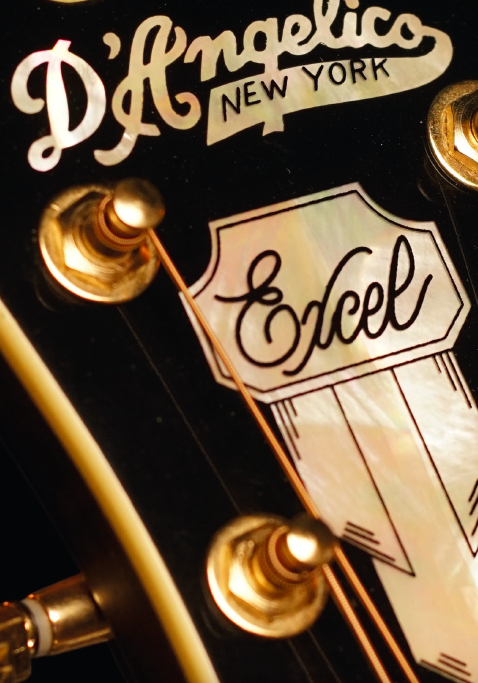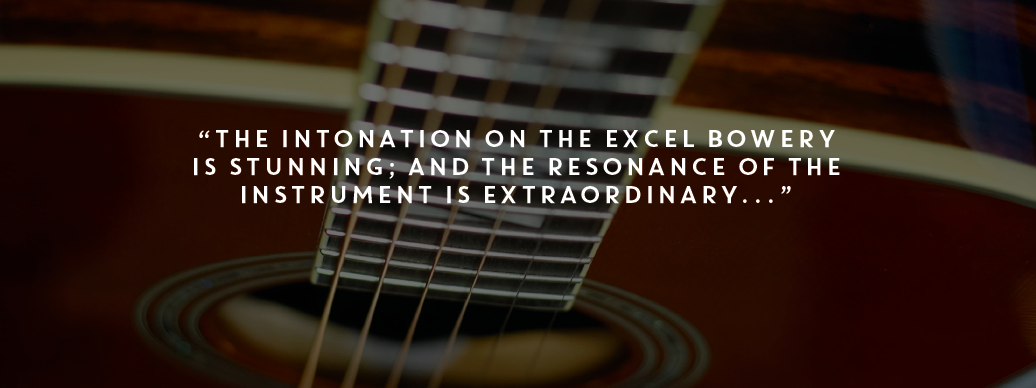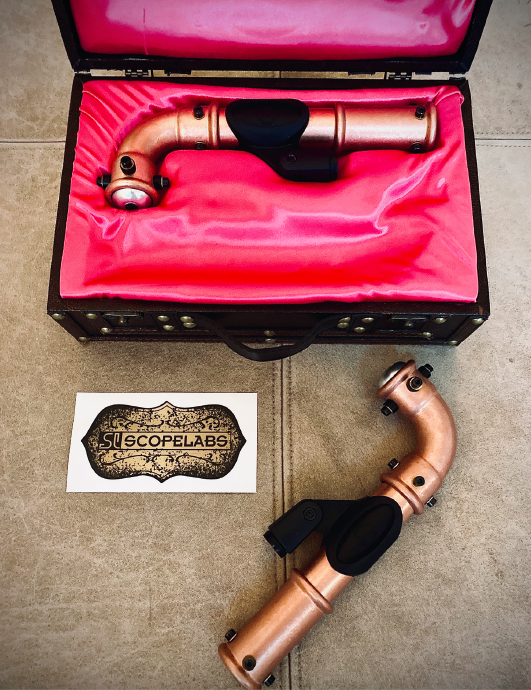I spend a couple of hours with D’Angelico’s Excel Bowery acoustic guitar – examining its architecture, strumming some chords, exploring its playable neck, and tracking it in Headliner’s studio using Scope Labs’ new and genuinely unique Periscope microphone.
Today, I’m reviewing a D’Angelico Excel Bowery acoustic – and I’m going to be keeping it simple, but with a bit of a twist. The D’Angelico brand is a family business based out of New York City. The instruments it makes look super cool, with a strong reputation for build quality and playability. And rightly so; after spending some one-on-one time with this guitar, I will also add ‘inspiring’ to that list.
The Bowery’s C-shape neck is as good a place as any to start: it’s slimline, remarkably easy to get around, and smooth to the touch with a great aesthetic. You look at it, you want to play it. The Bowery’s intonation is also stunning; the strings sit nice and snug to the fretboard, and as I strum out some chords with a pick, the volume of the instrument – especially considering how light it is – is surprising.
It also has that natural body to it, tonally, and the resonance of this guitar is extraordinary – that dreadnought shape lends itself to this kind of character, of course, but even so, this feels pretty special. And I soon find myself beginning to compose something – as is so often the way when I tinker with a new instrument for the first time.
I can also see really quick players enjoying this guitar – it’s so simple churning out lead lines on the Excel Bowery compared to most acoustics, largely due to its slimline neck, which is quite the confidence builder - and means your wrist is getting a much easier time of it.







